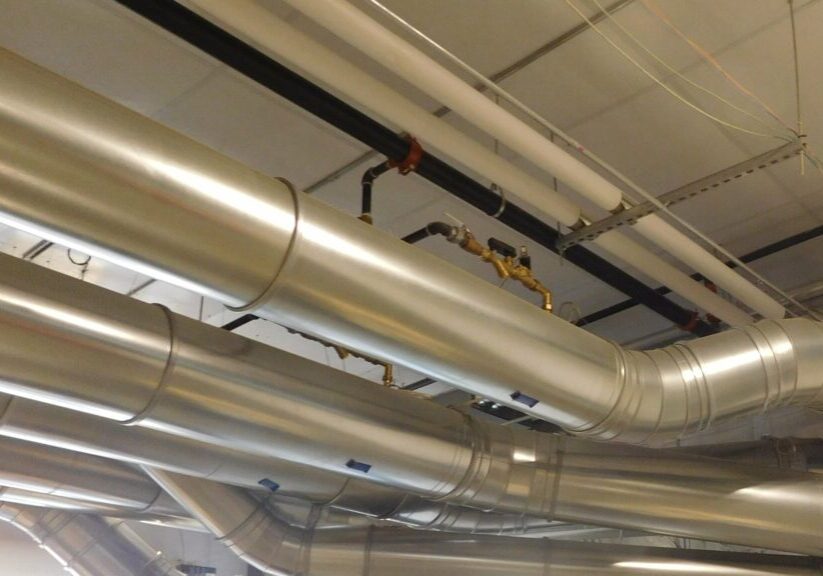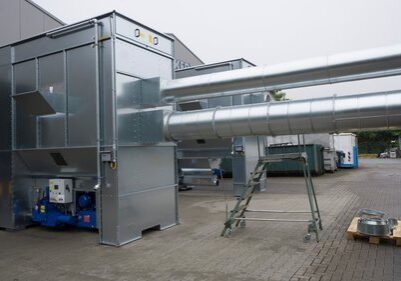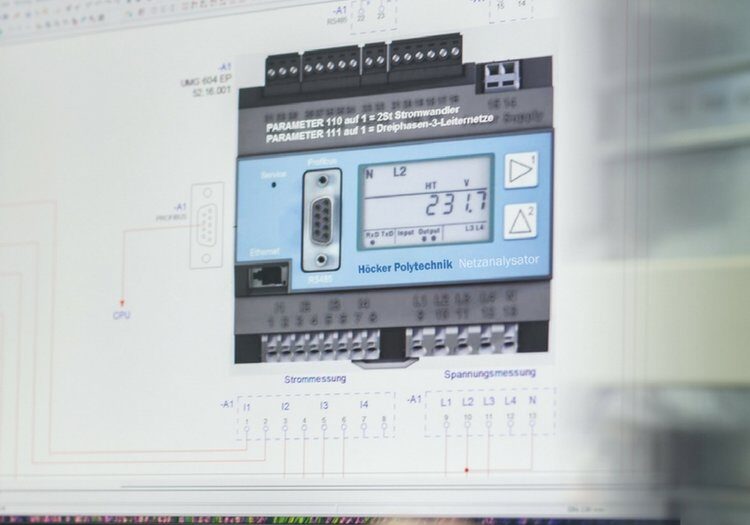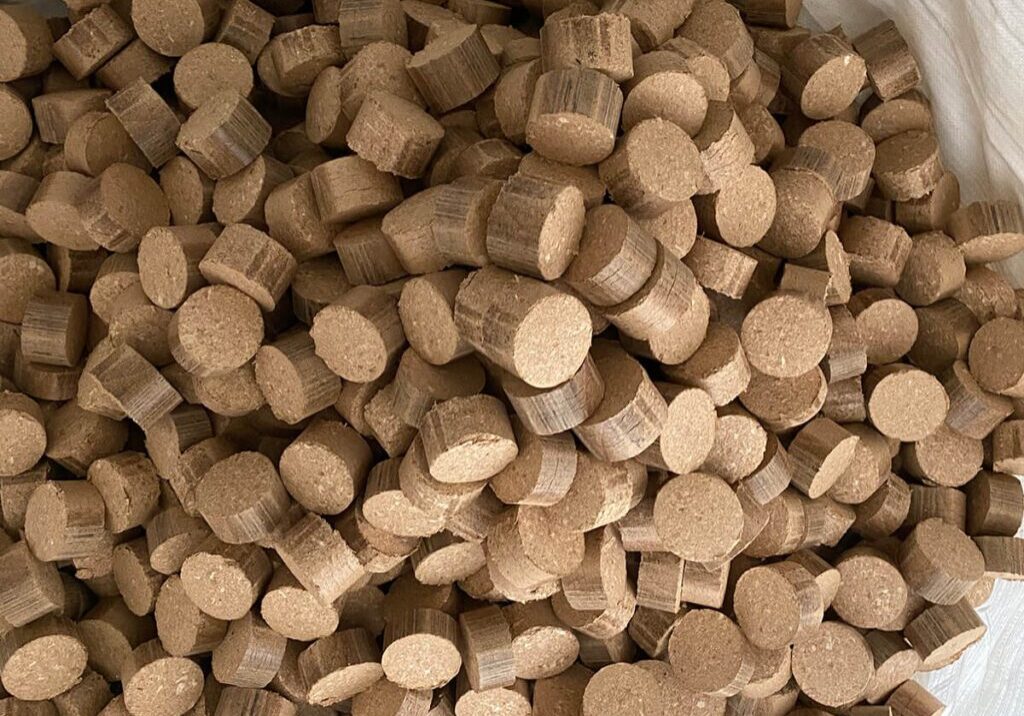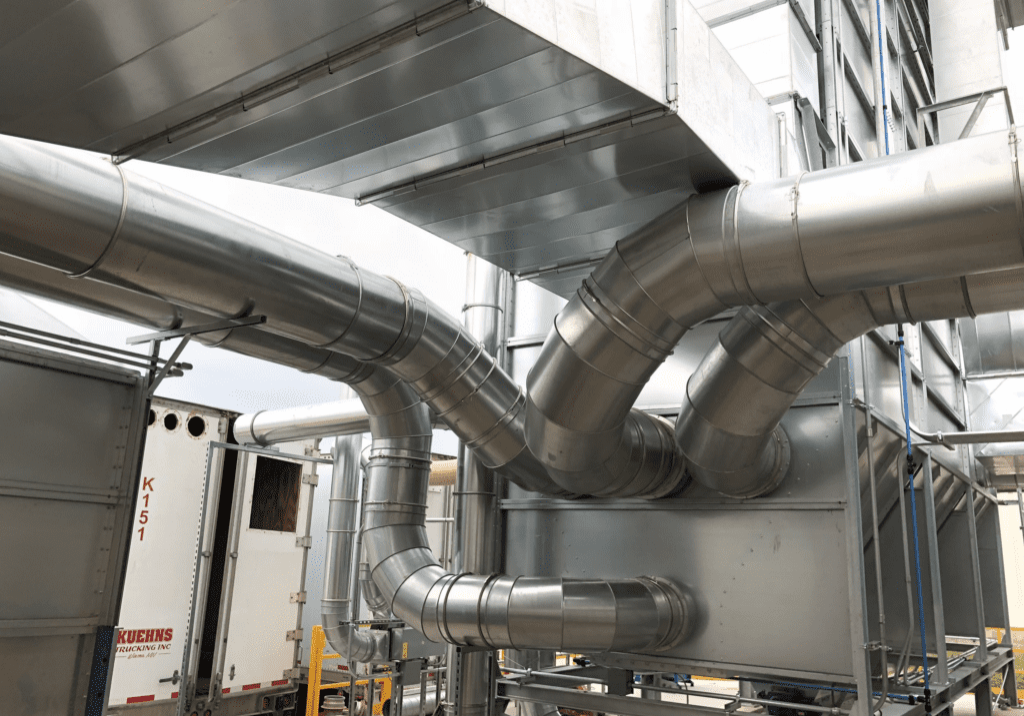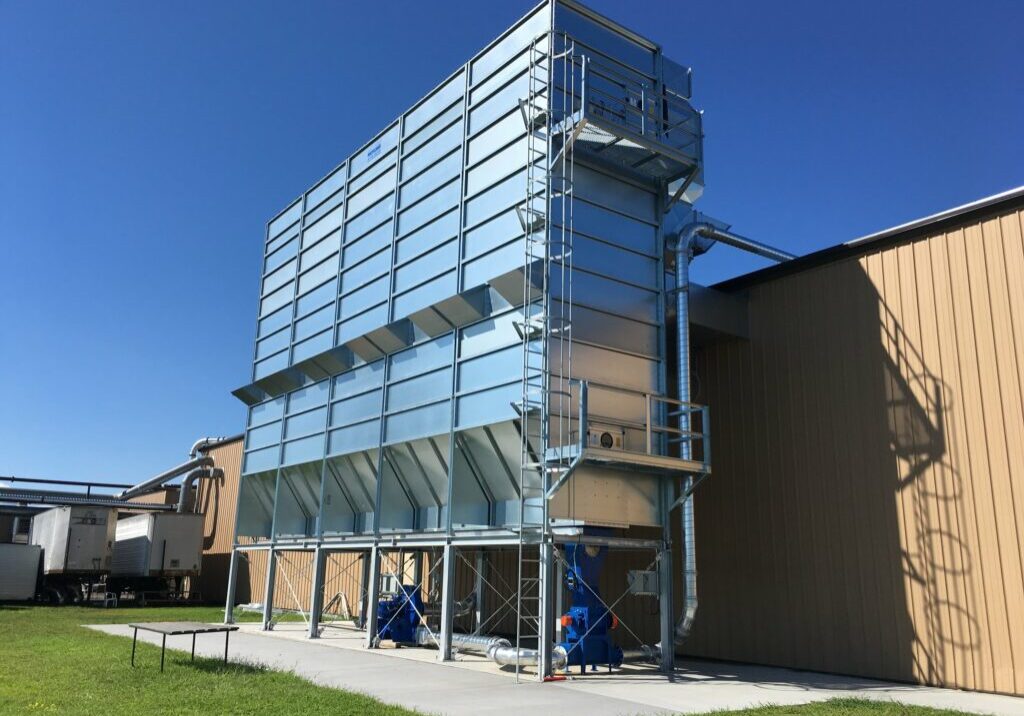NFPA compliance is an ongoing process that goes beyond meeting safety standards—it’s about proactively managing risks and ensuring long-term operational efficiency. Engineers play a crucial role in not only implementing systems but also adapting them to evolving regulations, changing facility conditions, and advancements in technology. Staying compliant requires a combination of technical expertise, strategic planning, and consistent vigilance.
Key Steps for Ongoing Compliance:
- Conduct Regular Dust Hazard Analyses (DHA) – A DHA is not a one-time task. Schedule regular DHAs to assess potential risks and ensure any changes in equipment or processes are factored into your compliance strategy. Updating your DHA ensures that all combustible dust hazards are properly identified and mitigated.
- Install Spark Detection Systems in High-Risk Areas – Cutting, sanding, and dust collection systems generate significant combustible dust, making spark detection essential. Ensure that spark detectors are installed in all high-risk areas, especially within ductwork leading to dust collectors, to prevent fires and explosions.
- Ensure Compliance with NFPA 664 for Interior and Exterior Systems – Both interior and exterior dust collection systems must meet NFPA 664 requirements for fire prevention and explosion protection. Interior systems should be equipped with high-efficiency filters and spark suppression, while exterior systems must include proper venting, grounding, and explosion protection.
 Pro Tip: Implement periodic airflow and system performance audits using advanced diagnostic tools like anemometers and thermal cameras. These tools allow engineers to detect inefficiencies in dust collection and spark detection systems, ensuring compliance while optimizing energy use and system longevity.
Pro Tip: Implement periodic airflow and system performance audits using advanced diagnostic tools like anemometers and thermal cameras. These tools allow engineers to detect inefficiencies in dust collection and spark detection systems, ensuring compliance while optimizing energy use and system longevity.

![JB1_20171218_00084_preview[1] JB1_20171218_00084_preview[1]](https://hockeramerica.com/wp-content/uploads/bb-plugin/cache/JB1_20171218_00084_preview1-1024x576-landscape-058e06ffcab491e0754d8eabda55517c-.jpeg)
